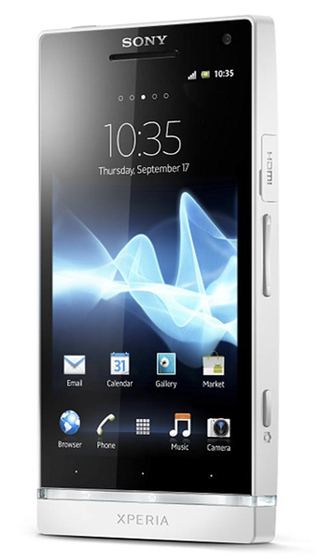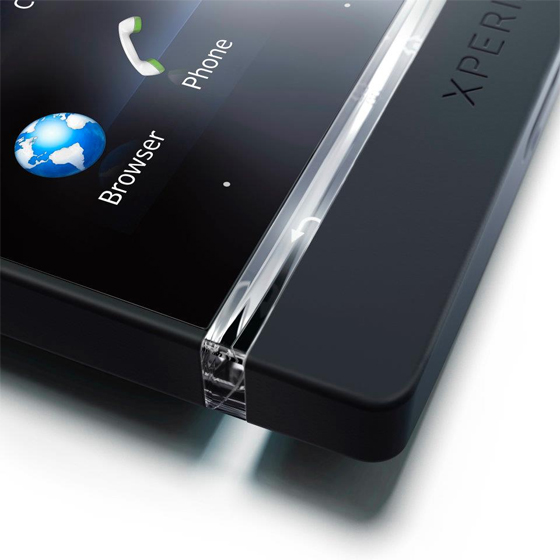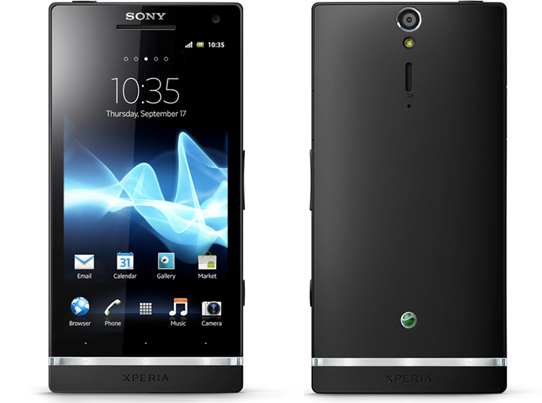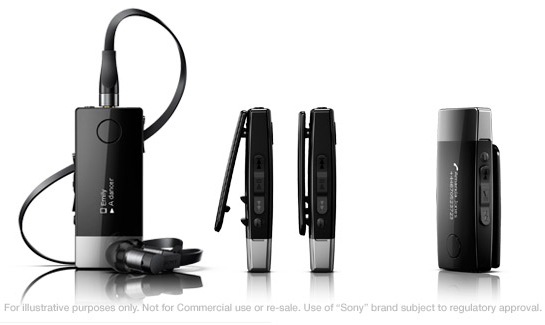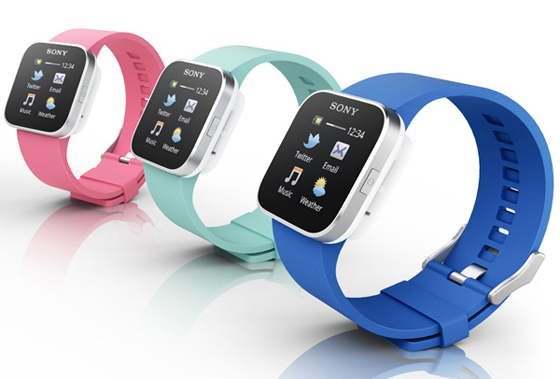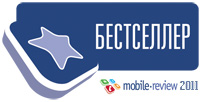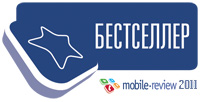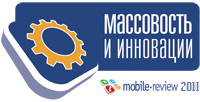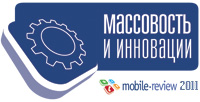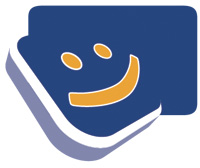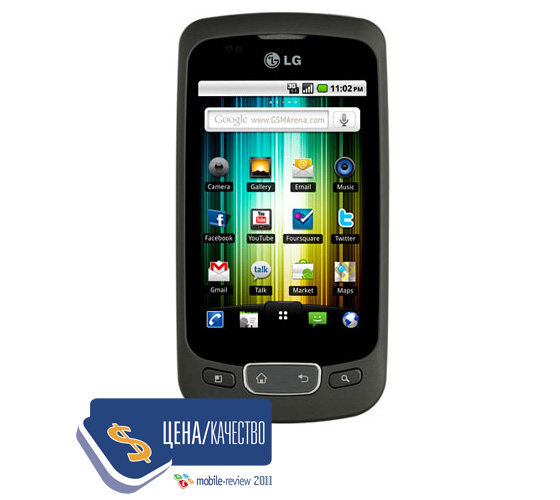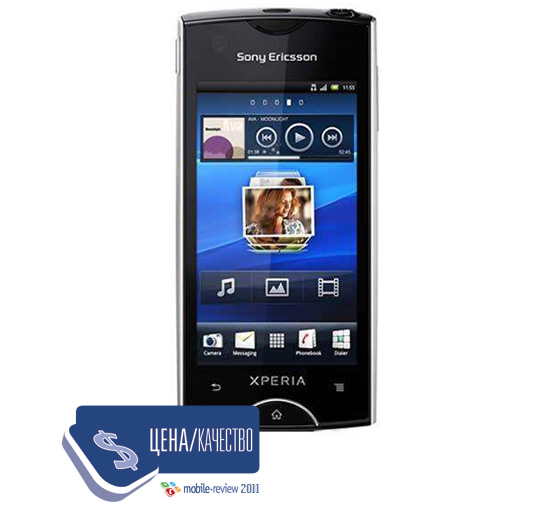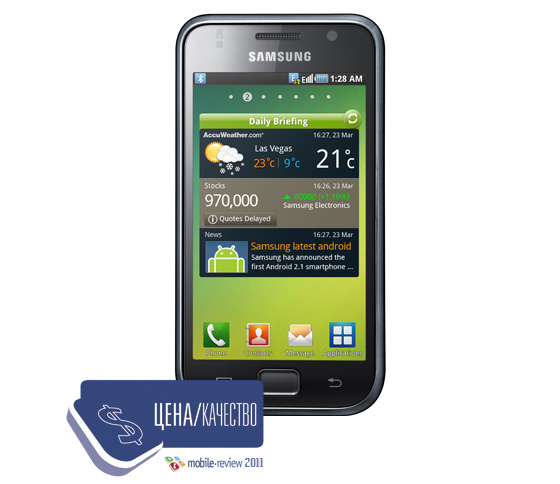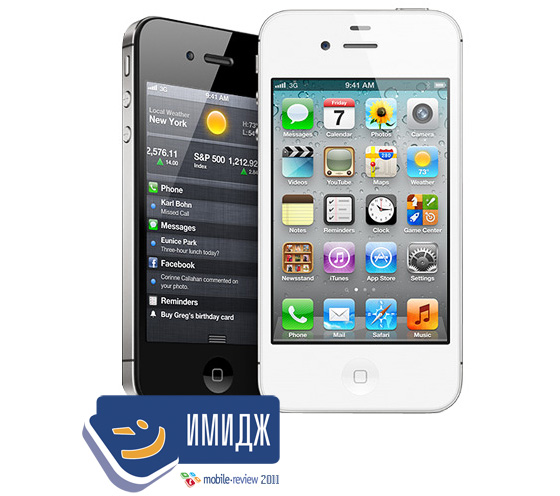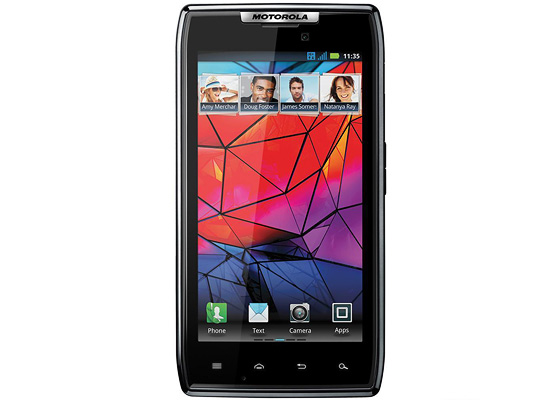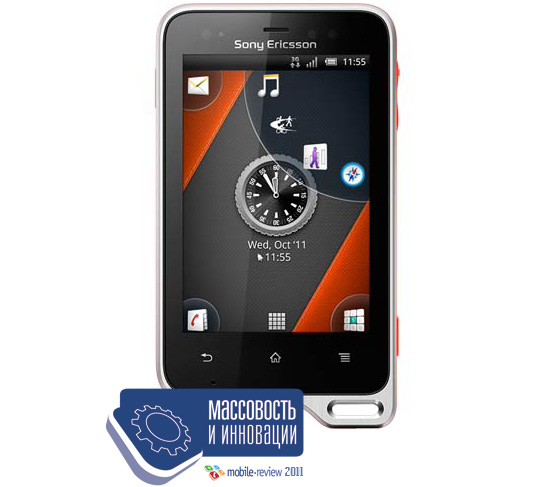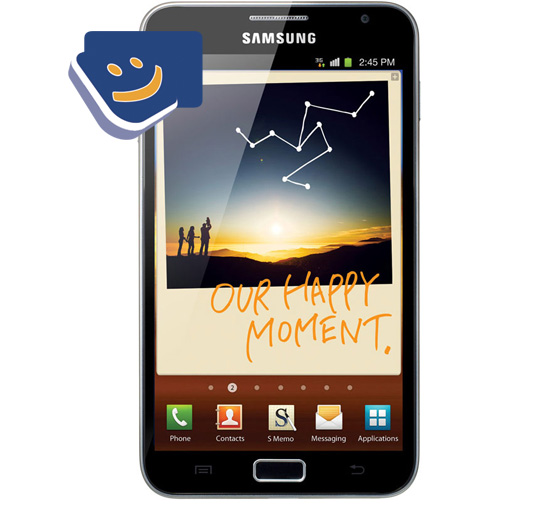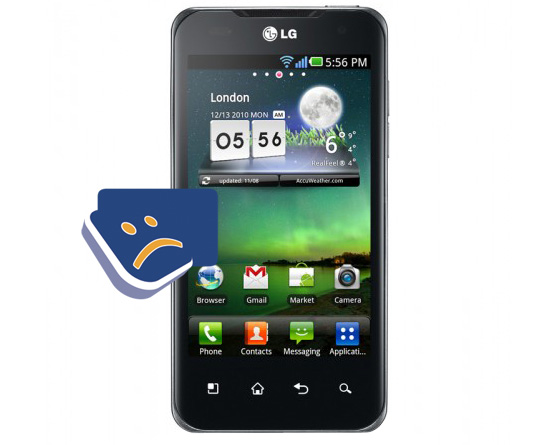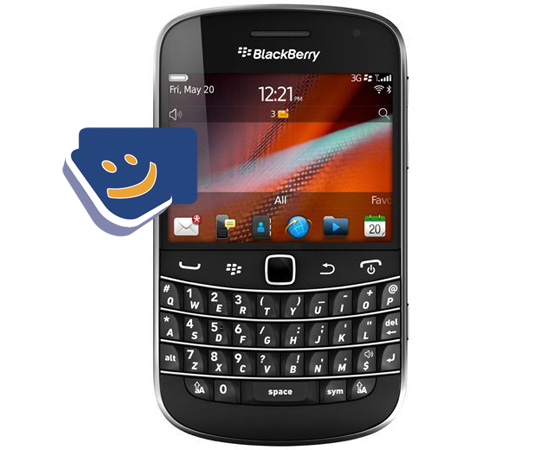CES 2012. Press Day Part II. Microsoft, Nokia, NVidia, Sony – Pieces de Resistance
This is my final report on the first day of CES 2012 dedicated for press exclusively. Here I collected my impressions of the most notable events and some thoughts that did not get into the first part. Let’s get to it.Unfortunately, most companies did not have anything interesting to show at CES: Samsung decided to make a TV set with voice control their piece de resistance. And though this TV might be the future I was bored. However, later this year in Barcelona Samsung is going to show us something a lot more interesting but we will have to wait just until February.
Microsoft’s Last Visit to CES
This was the last presentation of Steve Ballmer at CES since Microsoft is withdrawing from CES after 15 years of continuous participation. In my opinion, the main reason is that the companies need to rearrange their own schedules to correspond with the expo and have share journalists’ attention with many others which is simple unprofitable for them. Major companies have all the resources to host their own events – they just don’t need trade expos. It is especially true in case of Microsoft because its partners at CES are going to tell everything the company has to say.There are always queues at CES to any presentation and people were waiting for hours to listen to the last Ballmer’s speech. The word ‘last’ seems to have triggered a must see response and the importance of this event became a lot greater. Some probably just wanted to say that they were there at the last Ballmer’s speech. I personally was not particularly interested in his presentation so I chose simple to watch a web streaming and did not go to the showcase. Well, actually it was not even live I merely watched a recording of it so I did not have queue. Ballmer’s charisma did not work on me but I still want to share my impressions of his speech with you.
The first ten minutes were spent on the CES 2012 organizer ranting about how Microsoft is important for this expo and presented Ballmer with a collection of 15 CES badges for every year of Microsoft’s participation. It is of course a heavy blow for CES to lose such a big partner and it can make other companies consider leaving too. But this fact does not affect us at all – we will still be getting news, announcements and releases.
Long before CES 2012 Steve Ballmer called 2012 the most important year for Microsoft ever so many naturally expected that he would reveal what the company is working on now. But he did not make any significant announcements it was a good bye speech going like: I am not sure what I am doing here but I am going to tell you once again about some cool stuff we have I hope you never heard of.
Another ten minutes were spent on a demonstration of basic WP7 and Mango features. During the voice control demonstration the phone missed one of the words but the speaker was insisting on everything working fine. A bit later they showed us a bunch of already announced WP7 phones and it was also boring.
Then they showed Local Bing search in action and told us that together with Yahoo Bing covers 30% of search requests in the US. It is not that big a deal actually especially after seeing in the Vegas airport every arriving person receives a Google greeting and an opportunity to download the latest Google Maps and a number of apps.
Most of the presentation was dedicated to Windows 7 and the best devices using this OS – I don’t think there is any point retelling what he said as you can go to any electronics store and see everything with your own eyes.
The speaker than moved to Windows 8 and the audience gasped. We were shown a tablet prototype on Tegra 3 that was earlier presented at the NVidia event with the exact same words. The main feature is that the lock screen can be any image you want and you can slide any line to unlock e.g. a picture of a chair – you slide along a leg to unlock. It is a funny feature but nothing more.
Then there was a presentation of Windows Store – an application store by Microsoft. The company is trying to catch up with Apple here. Nothing special to report - just Microsoft’s own app store.
Probably the main piece of news there was is that Kinect will become available for Windows and… that’s it. Other parts of the presentation concerned the Metro UI in to get to all company’s products. Yes, all of them.
So, all in all, for over an hour Steve Ballmer was not saying practically anything we had not known already. It also felt like there was nothing else to say. He did not give any figures on mango sales (there are almost none) and no figures on WP7 sales in Europe (same story). I can go on forever enumerating things he should have mentioned. I had a bad aftertaste after this presentation although it illustrates the state of the industry today. Companies do not have any precise plans for 2012 but still feel like they need to promise something but have nothing real to tell us. These presentations are a reflection of 2012.
Nokia – Seller of Stale Goods
This Nokia’s presentation was extremely American – Nokia’s CEO Stephen Elop was trying to sell us stale goods the ay Americans do: with pomp and a smile. You think I am joking? Just watch the video: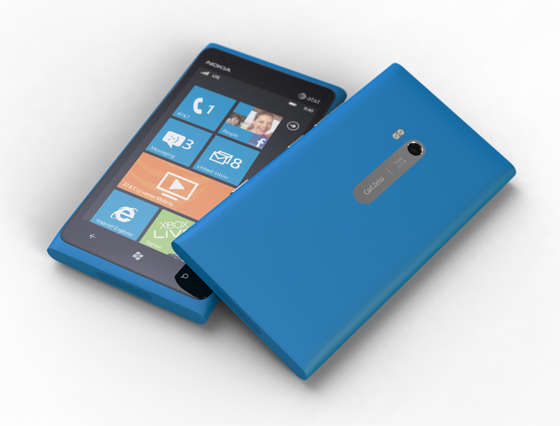
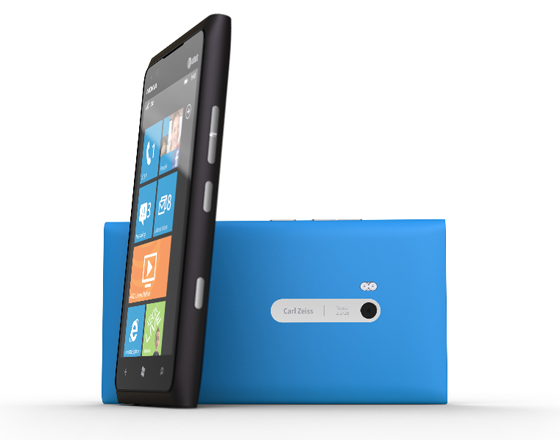
There can be only one conclusion to what Nokia 900 is – a complete and total failure. On the US market it is a double failure because the Nokia brand is long forgotten here. My colleagues were asking ‘What were they doing all this time? This very simple and ordinary phone?’ So Nokia 900 is the best the company could make for 11 months they have had and it is a total flop. The company did not keep a single promise – there are no exclusive add-ins to WP7, no superior photo quality (HTC Titan II really ruined everything for Nokia with its 16MPix camera – Nokia 900 has only 8MPix and will cost the same). Nokia was selling a PR product and ranting about the importance of the US market. They said nothing at all about how they were going to survive this year and it is the most relevant question – Nokia is sinking faster than before. The gap in technology and quality with the competitors is turning into an abyss and obvious to regular users. There are no signs of improvement of any kind. What Nokia did is announced a copy of the first HTC Titan which will be soon decommissioned. Enough said.
Nvidia Brings Tablets to Everyone
I expected a lot from the press conference given by NVidia, but during the first 30 minutes I was about to fall asleep. It is becoming the main topic of CES 2012 to show products we have seen before. To add to the trend NVidia highlighted Asus Transformer Prime based on Tegra3. The company insisted it is the first gaming tablet opening new possibilities, which is indeed revolutionary, but repetition makes it less startling. Feel free to read our review of Asus Transformer Prime if you have not done it yet. |
Review of Asus eeePad Transformer Prime TF201 |
The audience woke up during the introduction of Windows 8 tablet with Tegra3 inside, but there was nothing special there. A better impression was produced by a 7" Android tablet from Asus with Tegra3. The characteristics are standard: ISP screen, one of the best cameras in the class, 1GB of RAM and Android 4.0. When the journalists were asked to guess the price they mentioned $300-$350, but the company said that in summer this model will hit the shelves at the price of $249. Asus must be impressed by the pricing of Amazon Kindle Fire and intends to follow suit, which is logical. This amount means that in summer we will get tablets for $150-$200 from the second tier manufacturers and by the end of the year Android tablets will cost $199. Android will be boosted similarly to smartphones before, but the only difference is that the OS itself will be equal to Apple solutions only in 2013.








Sony Phones and Accessories
The press conference of Sony officially proclaimed the death of Sony Ericsson as new models belong to Sony only. I described Ion for AT&T in another article, so I will not dwell on it any more. It is worth mentioning Sony Xperia S in the new NXT range. Sony keeps on experimenting with design and the new concept is labelled Iconic Identity for Sony products to be instantly recognizable. For example, in Xperia S we see a tiny transparent stripe at the bottom, which becomes bright during the call or other events.